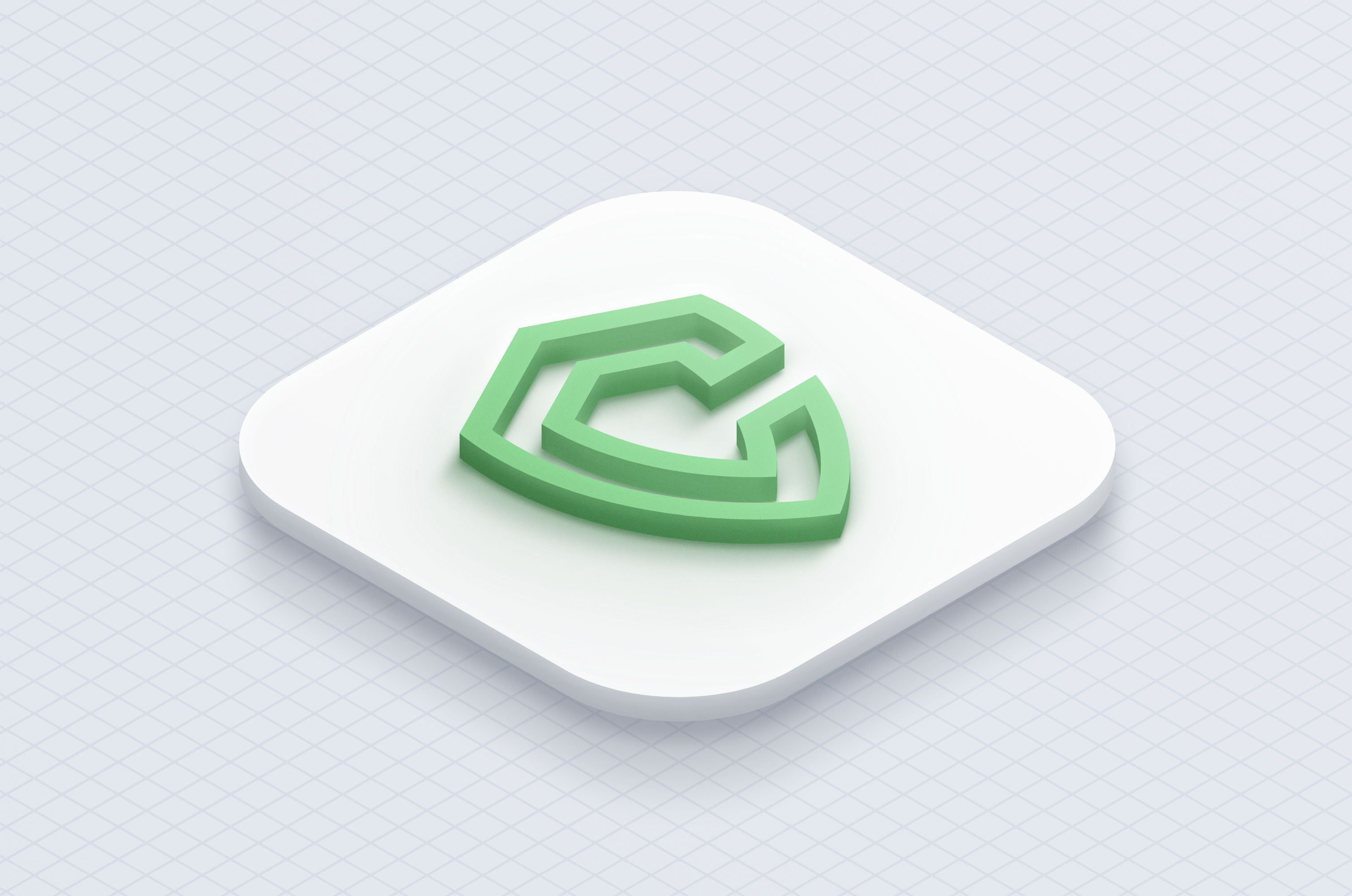Data Processing Activity
Maximizing Data Protection and Governance through Effective Data Processing Activity Management
Data Processing Activity (DPA) is the process of collecting, storing, using, and sharing personal data within an organization. It is important to manage DPA properly to ensure that personal data is protected and used in accordance with relevant data privacy regulations and the organization’s own policies and procedures.
Data Processing Activity (DPA) is a key component of data privacy and governance, as it helps organizations identify and manage the data management lifecycle from generation to destruction. DPA involves tracking and documenting the various stages of the data management lifecycle, including data generation, collection, processing, usage, sharing, and storage. By monitoring these stages, organizations can ensure that their data is being used and stored appropriately and that any potential risks or vulnerabilities are identified and mitigated.
DPA can be used to identify the data management lifecycle by tracking the various stages of the process and documenting the activities that take place at each stage. For example, organizations can use DPA to track the sources of data generation, such as customer interactions or data inputs from external sources, and document the processes that are used to collect, process, and store that data. This can help organizations understand the lifecycle of their data and identify any potential risks or vulnerabilities that may arise.
In addition, DPA can be used to identify and manage potential risks associated with the data management lifecycle. For example, organizations can use DPA to identify potential vulnerabilities in their data storage systems or to identify any potential risks associated with sharing data with third parties. By monitoring these risks and taking appropriate action to mitigate or eliminate them, organizations can ensure that their data is protected and that their data management practices are compliant with relevant regulations and standards.
- Comply with data privacy regulations: Data privacy regulations, such as the General Data Protection Regulation (GDPR) and the Country-Level PDL, require organizations to implement appropriate controls to protect personal data and ensure that it is used in a way that is transparent and compliant with the rights of the individuals whose data is being processed.
- Protect personal data: Proper management of DPA can help organizations prevent data breaches and protect personal data from unauthorized access or misuse.
- Maintain customer trust: Organizations can build trust with their customers and improve their reputation by demonstrating a commitment to protecting personal data and complying with data privacy regulations.





 Governance and Policy Management
Governance and Policy Management